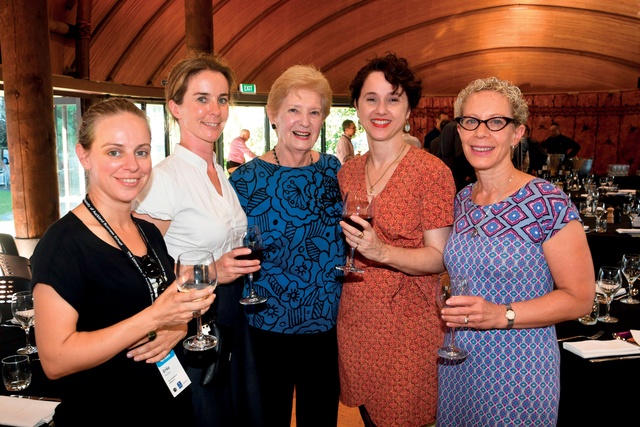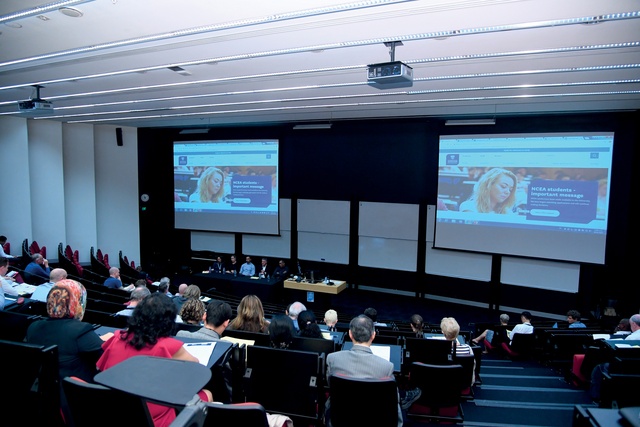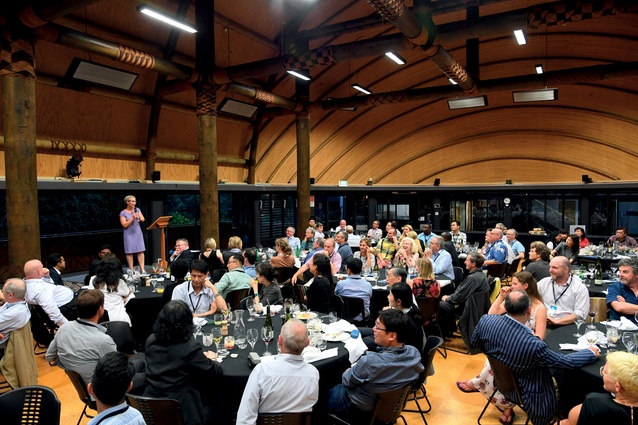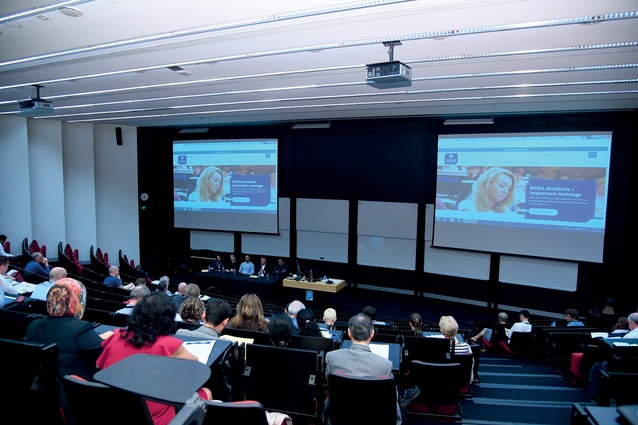The future of workspace is about workers
Workspaces of the future will be centred on the needs of the people (and technology) who work in them as never before — but not necessarily in the ways we imagine. This was one of the themes at the Pacific Rim Real Estate Society Conference hosted by the University of Auckland Business School in January. Professor Deborah Levy, head of the Business School’s Department of Property, shares these insights from the event.
Demand for flexible space – a catch-all term inclusive of co-working and serviced offices – is forecast to rise rapidly. Tom Barclay, associate director at JLL, says JLL global research suggests that an estimated 30 per cent of portfolios will be flexible space by 2030. “With less than 3 per cent of Auckland office stock currently occupied by flexible space providers, the market is set to see rapid disruption and change. This needs to be considered by the owners of traditional office buildings, whose occupiers will, increasingly, be seeking more flexible workplaces.”
That won’t necessarily call for wrecking balls. TU Delft associate professor Hilde Remøy has looked at the ways in which evolving legal requirements and tenant expectations around sustainability have rendered older buildings obsolete. “In the Netherlands, but also in other office markets, demolition and new build has often been the solution.”
But, in many cases, she says, building adaptation and upgrades are more sustainable options. “The most sustainable adaptation strategy depends on the expected lifespan of the office building after adaptation, energy and material use of the different strategies, and the embodied energy of the existing building.”
Collaboration is often viewed as innovation-fostering and attractive to millennials. University of Auckland Department of Property researcher Raewyn Hills interviewed staff before and after their firms relocated to new premises. Her preliminary findings suggest “workspace design and fit-out can only go so far to foster collaboration.

It is critical that organisations follow good business practice and ensure that team members understand what other teams do and what their goals and objectives are so they can assess how that knowledge and talent can be utilised by other teams.” Clear-wall policies, in keeping with the “clear space/clear mind” trend, can be detrimental to collaboration. “Showcasing work provides teams with identities and builds awareness of their skill sets.”
Hills also found that the need for more-intimate, small, enclosed meeting rooms/break-out spaces, silent spaces for solo work and semi-enclosed private spaces for confidential conversations was underestimated. Observes Zoltan Moricz, a senior director of CBRE: “Property cannot change the systems or processes of an organisation, it can only facilitate them.”
Moricz presented findings from CBRE’s fascinating report, Millennials in New Zealand: Separating Fact from Myth. According to a global survey, the most highly valued workplace factor was intangible – the relationship of an employee with their immediate manager – although 95 per cent agreed that good design and office layout have positive impacts on staff.
Moricz: “Attracting and retaining millennials requires a more holistic approach to creating a complex and complete work environment.” And that includes the ways in which a building contributes to its occupants’ well-being, he says. “As the debate about sitting being ‘the new smoking’ rages on, companies need to emphasise wellness throughout the workplace.”

University of Melbourne associate professor Chris Heywood says the WELL Building Standard (since 2014) is one of several global rating tools and certifications emerging as the “new green” to address these human dimensions. “So far, this interest in well-being is about image and position for real estate’s occupiers and developers rather than translating directly into increased rents,” he says.
In his team’s analysis of the WELL Building tool, the element groups less directly linked to the physical building – Fitness, Mind and Comfort – appeared least familiar to real estate and workplace stakeholders. “While the idea of integrating human resources and real estate is not that new, how they come together is only beginning to be understood,” says Dr Heywood.
“Consequences for professionals’ skill sets appear to be a much greater need for knowledge and skills regarding the interaction between people and the real estate workplace, and greater effort in managing – or rather curating – human experiences, based on that skill set. It is not a lowest-cost paradigm in managing real estate and workplace.”












